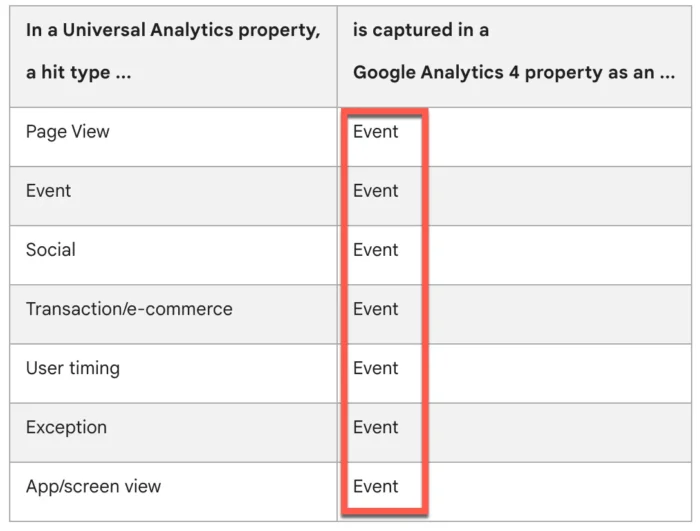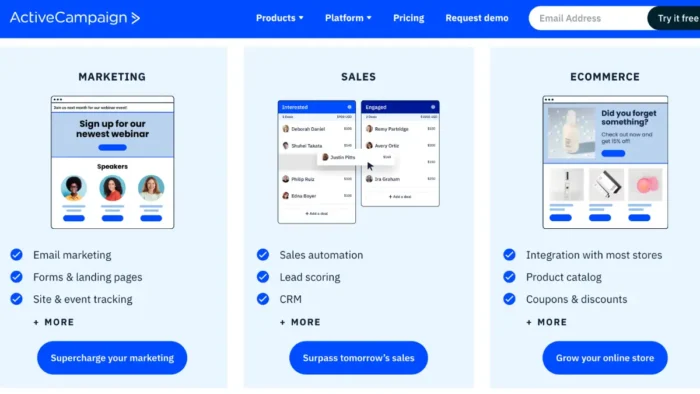In the ever-expanding world of digital marketing, understanding and using data analytics is similar to possessing the master key that unlocks the domain of consumer behavior, campaign effectiveness, and website performance. The launch of Google Analytics 4 (GA4) represents more than just an update; it is a critical shift in the paradigm of web analytics. But what does GA4 promise, and how can marketers make the most of it?
This comprehensive guide will lead you through the complex workings of GA4, ensuring you’re equipped to harness its full potential for your digital strategies.
The Arrival of GA4: What’s New and Why It Matters
Google Analytics 4 is Google’s next-generation analytics platform. It was designed to focus on the mobile-first environment, a growing privacy landscape, and enhanced capabilities for deeper insights. The shift from Universal Analytics to GA4 is significant, as it not only introduces a restructured interface but also emphasizes event-based data modeling and machine learning at its core.
With this new iteration, Google Analytics aims to provide more personalized insights into customer behavior across platforms. Its flexibility allows for easier data tracking from websites and apps, making it a valuable asset for businesses wanting to understand the user journey totally. Therefore, GA4 paths can contribute to expanding your analytics scope beyond website clicks and conversions, offering a more holistic view of the customer journey.
And, to learn how to use them is easy as online you can read a lot of tutorials and guides. That way, you can measure user interactions at various touchpoints and ultimately optimize your overall digital strategy.
Key Features and Enhancements of Google Analytics 4
Event-Based Data Collection
One of the most dramatic shifts in GA4 is moving away from a session-based model to an event-based one. This means that each user interaction with your site is now an event, giving more granular detail about user engagement than ever before.

Improved User-Centric Data
Unlike the previous model, the concept of users is now the central point of data collection, where sessions and pageviews are the focal points. This change allows a deeper, more unified understanding of user behavior across various devices and platforms.
AI-Powered Insights
With sophisticated machine learning algorithms, GA4 can provide predictive metrics that can alert you to significant trends in your data, such as churn probability or potential revenue.
Built-In Machine Learning Capabilities
By leveraging machine learning, GA4 can automatically organize your website users into segments, grouping individuals according to similar behavior patterns and characteristics.
Cross-Platform and Cross-Device Measurement
The enhanced audience reporting features in GA4 allow for a seamless view of the user experience as they transition from desktop to mobile to tablet or app.
Improved Data Controls
GA4 provides more comprehensive data controls that align with users’ privacy and data protection expectations. This includes setting data retention policies, deleting requests, and excluding sensitive data from reporting automatically.
Improved Reporting and Navigational Flow
The reporting interface in GA4 has been redesigned to facilitate a smoother user experience, with more detailed navigation and a focus on critical insights.
Transitioning to GA4: How to Prepare Your Analytics Infrastructure
Migrating to GA4 is not just an interface switch; it involves overhauling your data measurement and analysis approach. Here’s how to get ready:
Audit Your Current Analytics Implementation
Begin by thoroughly auditing your Universal Analytics setup, including tracking codes, goals, events, and custom dimensions. This will give you a clear picture of what must be adjusted or replaced.
Update Your Tracking Setup
Take the time to understand the differences in data models between Universal Analytics and GA4 and update your tracking setup accordingly. This may involve creating a fresh GA4 property and collecting all relevant data as events.
Coordinate with Your Development Team
Transitioning to GA4 might require some development work, especially if you need to update your tracking code or integrate new events. In advance, communicate the necessary changes with your development team to ensure a smooth transition.
Plan for a Gradual Migration
As GA4 is rolled out, running it alongside Universal Analytics is recommended. This way, you can compare both models, ensure consistent data collection, and minimize disruptions to your reporting.
Educate Your Team on GA4
Knowledge is power, particularly when implementing new technology. Familiarize your team with GA4 through training sessions or self-paced learning to ensure everyone can use the new platform effectively.
Conclusion
The shift to Google Analytics 4 represents an exciting evolution in the world of digital analytics. By understanding the new platform’s features, preparing for migration, and employing advanced analytical strategies, digital marketers can unlock the full potential of GA4 to drive better results for their brands.
Adopt the change, delve into the wealth of insights waiting to be discovered, and let Google Analytics 4 be the guide that boosts your digital marketing efforts. Remember, the data is there – all you need to do is capture, understand, and act on it.





